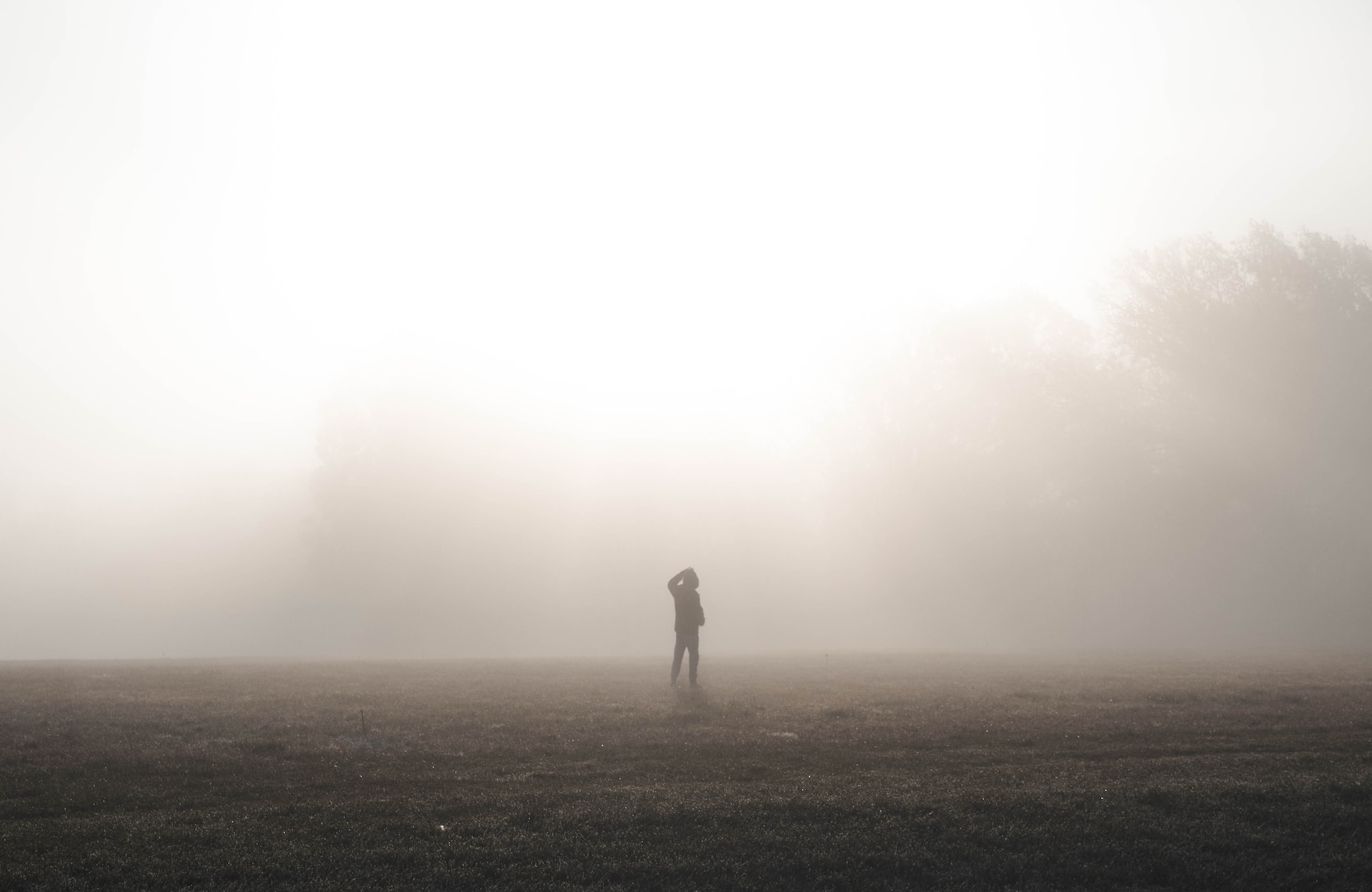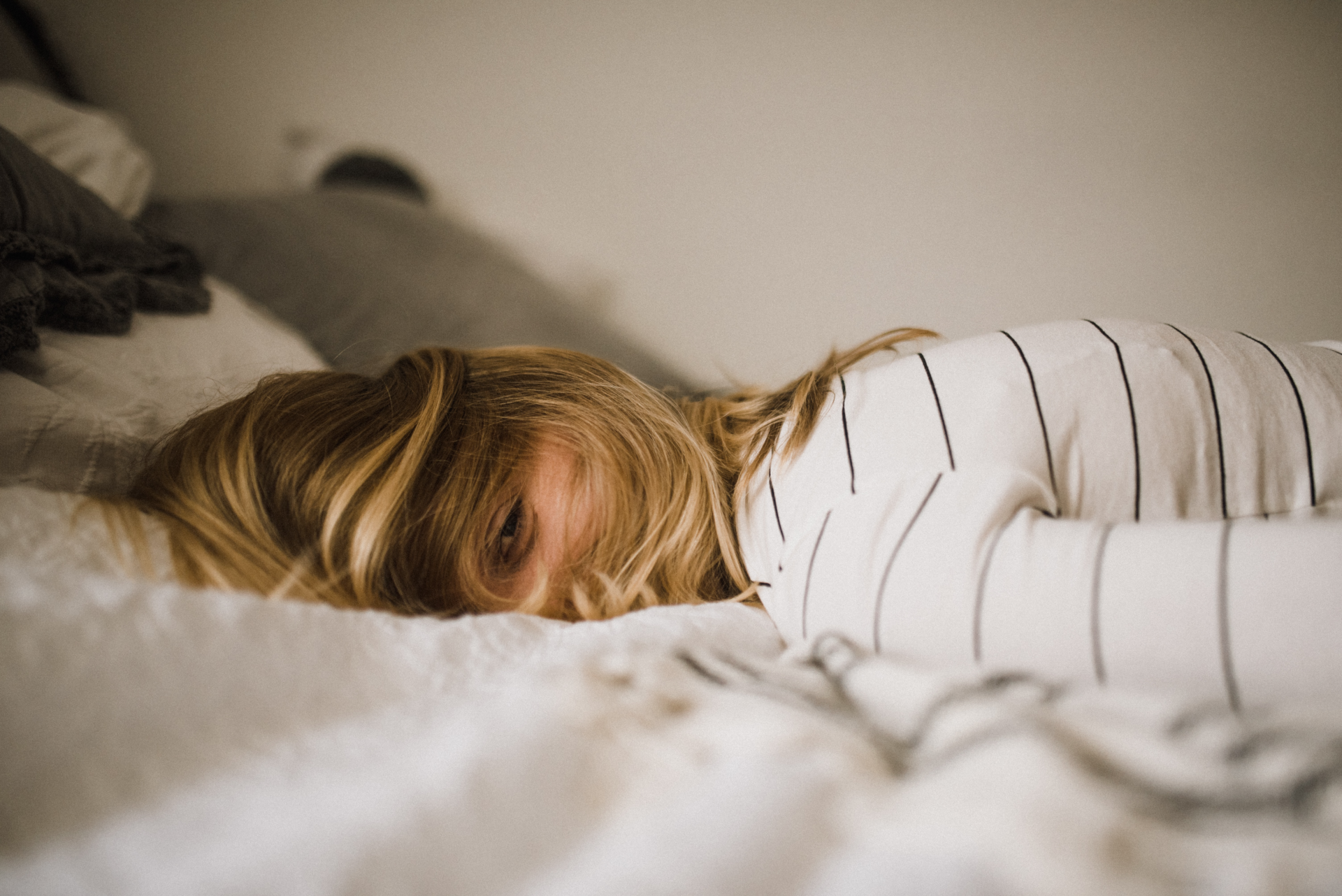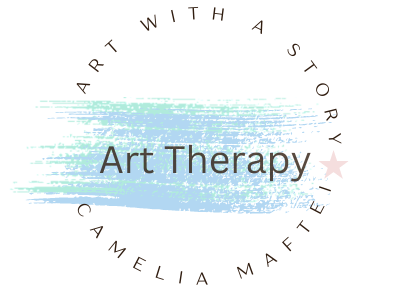We all feel overwhelmed at some stage in life. I have gone through multiple phases of anxiety myself. As someone who has undergone numerous international relocations, I had to learn to handle many “new starts”: new countries, new homes, new schools for the children, new jobs. While fresh starts can feel exciting, they can also trigger anxieties even in the bravest of us – be it from the fear of the unknown, or the fear of not being good enough, or simply the fear of change.
Art therapy can help navigate the ups and downs that occur in everyone’s life. It views the patient as a person with their own individuality, with their unique life journey, temperament, current life, health and family context.
It is suitable to any age group and profession. It is proven to foster mental health and positive life attitudes among professionals in high-stress environments. It can remove obstacles to personal growth in a non-intrusive way and to patient’s own rhythm.
As duration of therapy allows, it can address short term goals (alleviation of suffering, suppression of suicidal thoughts), to more ambitious long-term goals (personal growth, change of perspective and re-framing). Although it does not limit itself to a medical diagnosis, it can help with the treatment of (separately or in conjunction with other types of therapies):

Anxiety and Depression
Anxiety feels different for everyone. You might feel like you can’t stop worrying, nervous and unable to relax. Restlessness and a sensation of churning in the stomach are examples of physical sensations. Panic attacks might kick in and you might start feeling your heart racing and tension headaches.
Depression involves having a low mood or losing interest and enjoyment in things. In its more severe form, depression can induce feelings of emptiness, loneliness, and hopelessness.

Burnout
It manifests through exhaustion, irritability, sleep problems, lack of focus, and reduced efficiency. Burnout causes apathy, hopelessness, and low self-esteem. It leads to loneliness and isolation, which intensifies the suffering.
Burnout results from chronic stress caused by external pressure (job, commitments, parenthood) and internal factors (insecurity, perceived lack of control or appreciation). It affects physical health, leading to immune system weakening and illness. It also affect your mental well-being and can lead to anxiety and depression.

Loss and Grief
When we experience a loss, it can deeply affect both our mind and body. Something or someone that was there before is no longer there. This can shake our world. How we deal with it will depend on the type of loss we’ve experienced and the support system we have in place to help us through it.
Experiencing the loss of a loved one can trigger a range of emotions that may include anxiety, anger, disbelief, guilt, shock, sadness, and denial. These emotions may come and go in no particular order. Furthermore, it’s common to experience sleep difficulties, concentration issues, changes in appetite, and indecisiveness during this time.

Pain Relief
About half of the people who have chronic pain also have to deal with depression and/or anxiety. In addition, when you’re in pain, you may feel like staying home, but the isolation that comes with it can make things worse.
Depression can cause or intensify feelings of pain. And pain can cause feelings of depression. They feed off each other, in a way, causing a vicious circle.
Research has also shown that there’s a pretty strong connection between migraines and anxiety disorders, especially those that involve panic attacks.

Substance abuse and addiction
The most common types of addiction are drugs, alcohol, tobacco, gambling, video games, sex and caffeine. There are 4 factors (the 4C’s) that are unique to addiction alone:
- Compulsion: overpowering urge to fuel addiction, causing anxiety if not indulged.
- Craving: addiction urge mimics physical need, causing restlessness and lack of appetite.
- Consequences: addiction continues despite negative impacts on relationships, work, legal, and finances.
- Control: control is lost in later stages, as early attempts to reduce or stop addiction fail.

